
Telescope: LXD75 SC8 @ f/6.3, LX65 mount, altaz
Camera: Stock Canon 600D, interval timer
Filter: GSO IR Blocking Filter
Guide scope: None
Exposure: 31x10sec, ISO 1600, saved as RAW
Darks: Internal (Long Exposure Noise Reduction On)
Flats: 32×1/25sec, Tee shirt flats taken at dusk
Average Light Pollution: Red zone, Bortle 8, poor transparency, dusk
Lensed Sky Quality Meter: 17.6
Stacking: Mean with a 1-sigma clip.
White Balance: Nebulosity Automatic
Software: Deep Sky Stacker, Nebulosity, Photoshop
M3 is a beautiful example of a globular cluster in a relatively lonely stretch of sky. The cluster is a member of the galactic halo and spends much of its time orbiting well outside the plane of the galaxy. It is presently 33,000 light years away from us, 40,000 light years from the galactic core, and 33,000 light years ‘above’ the galactic plane. Home to about 500,000 stars, M3 is relatively young as globular clusters go with an estimated age of 8 billion years.
This is part of a series of images that I am taking to explore deepsky imaging using fairly basic equipment and techniques and the first image taken with my LX65. After some initial challenges I found that the mount track very well if it is well balanced.
M3 is currently placed low in the west after sunset.
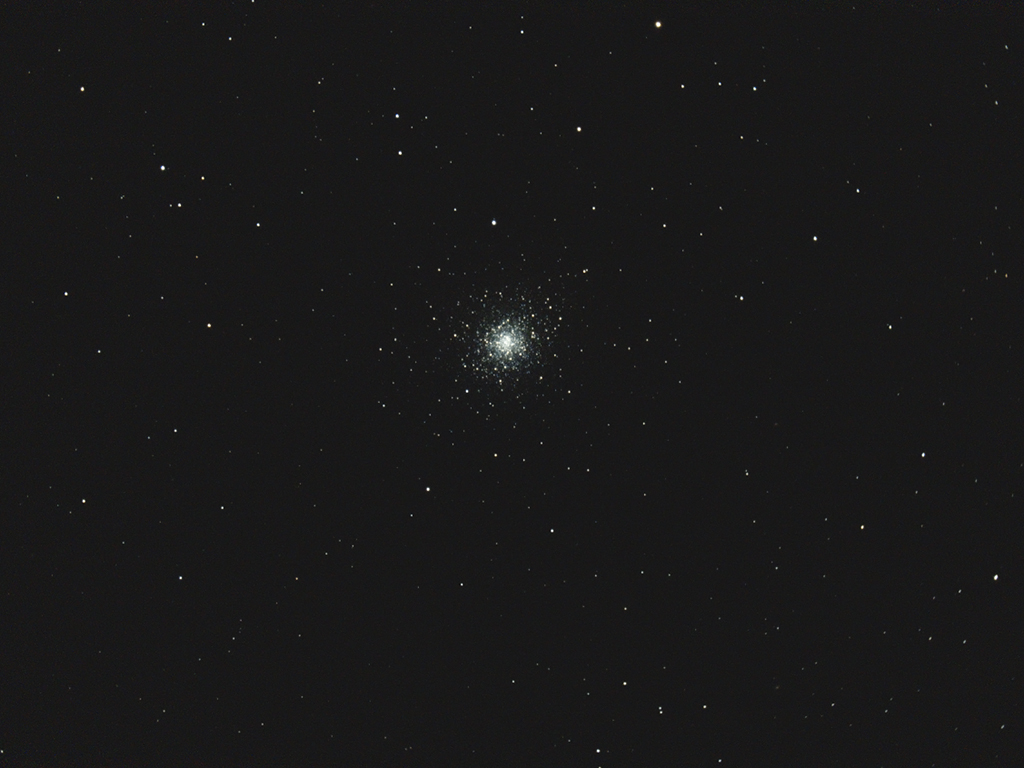

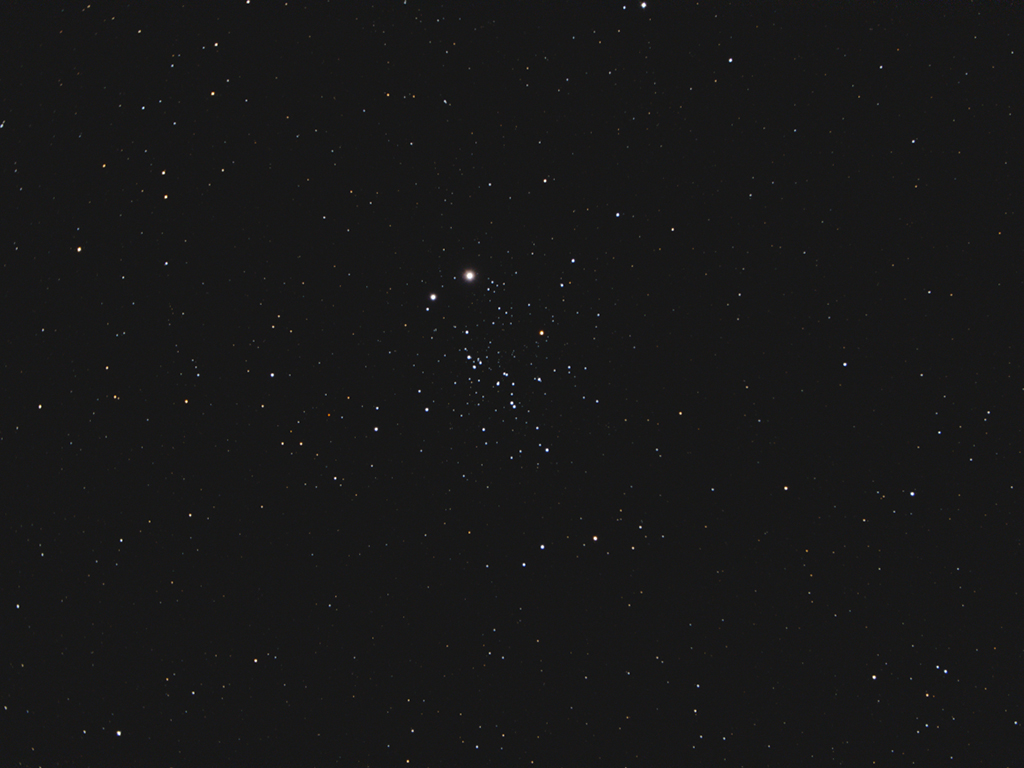
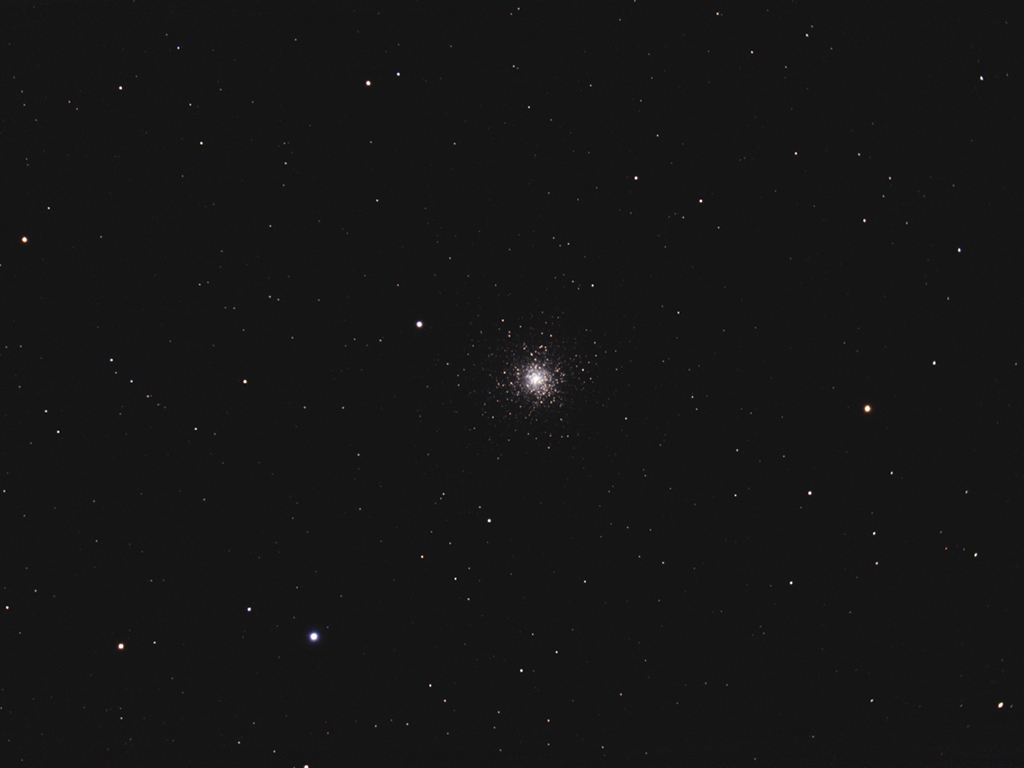
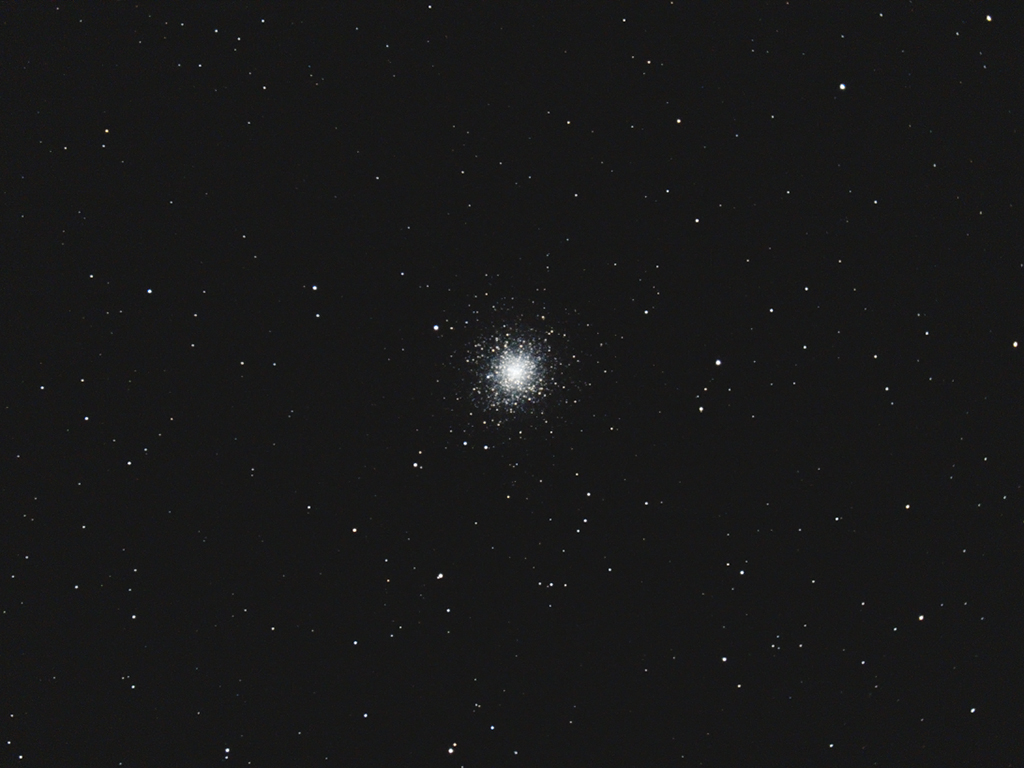
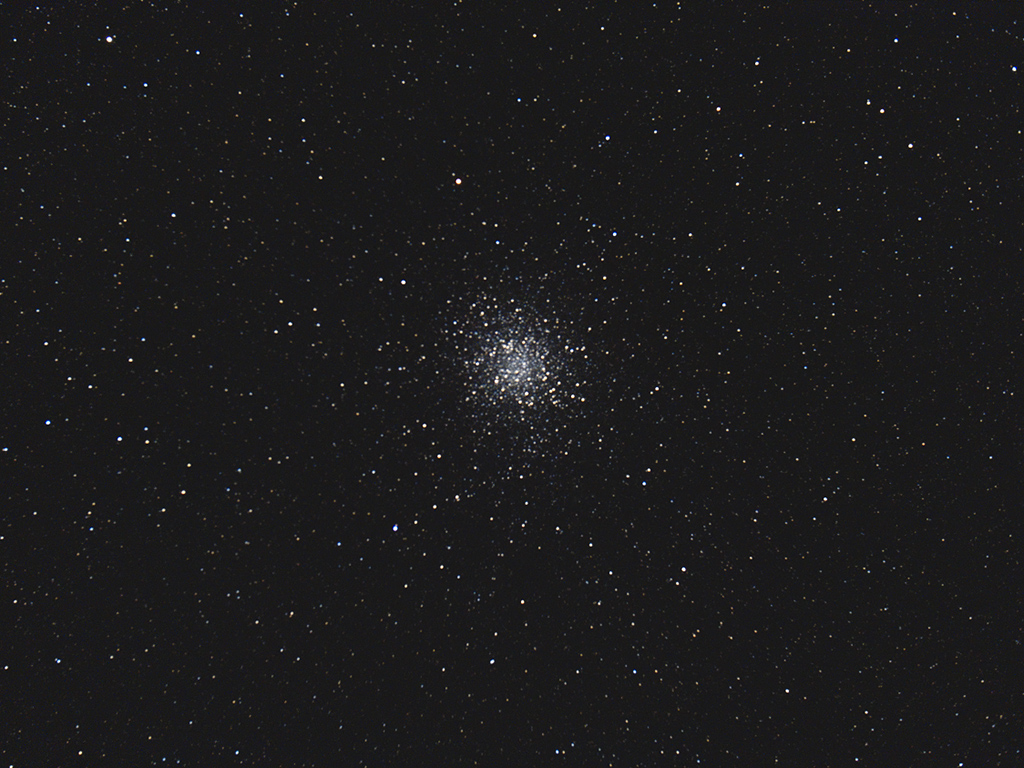

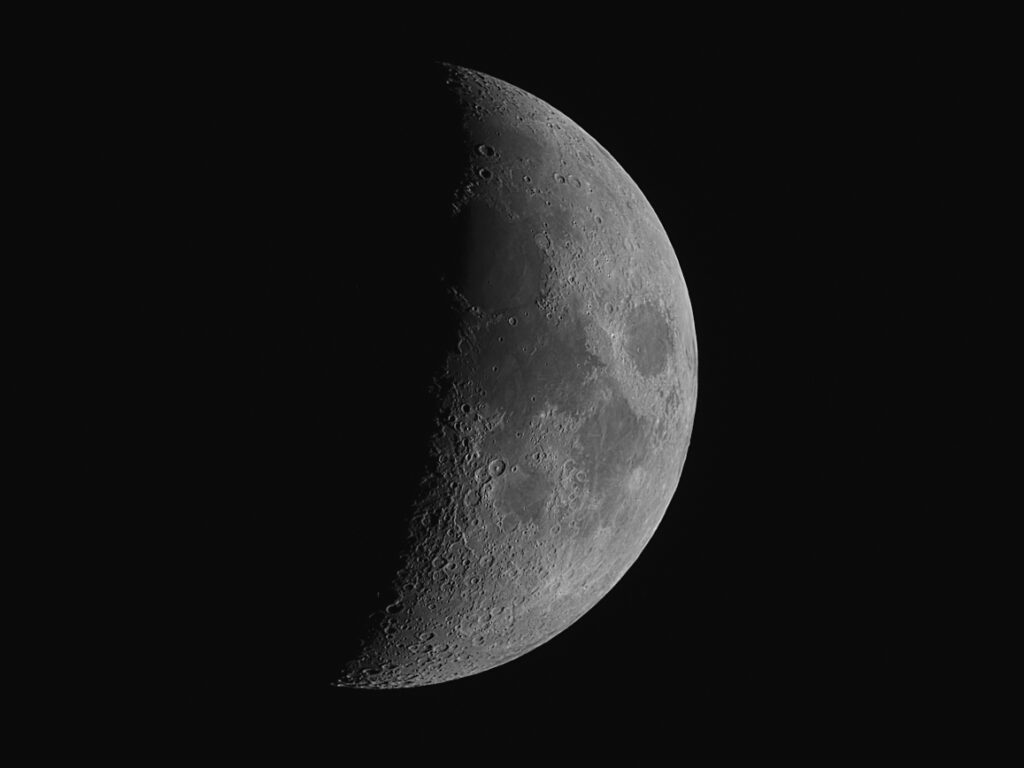
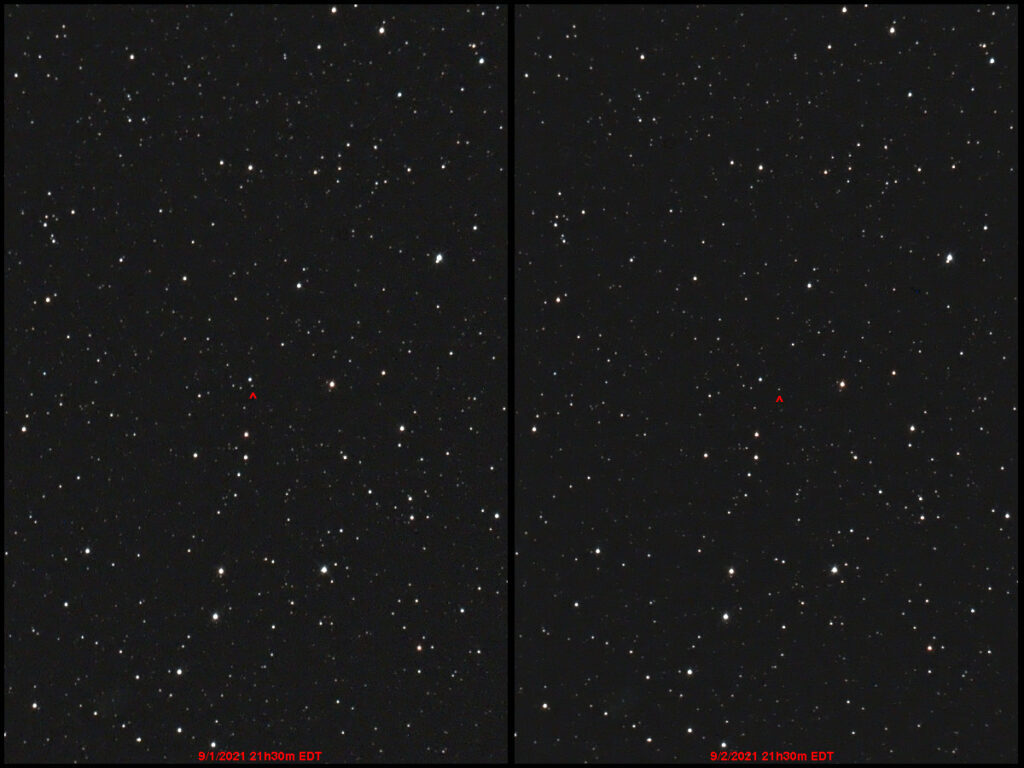
Recent Comments